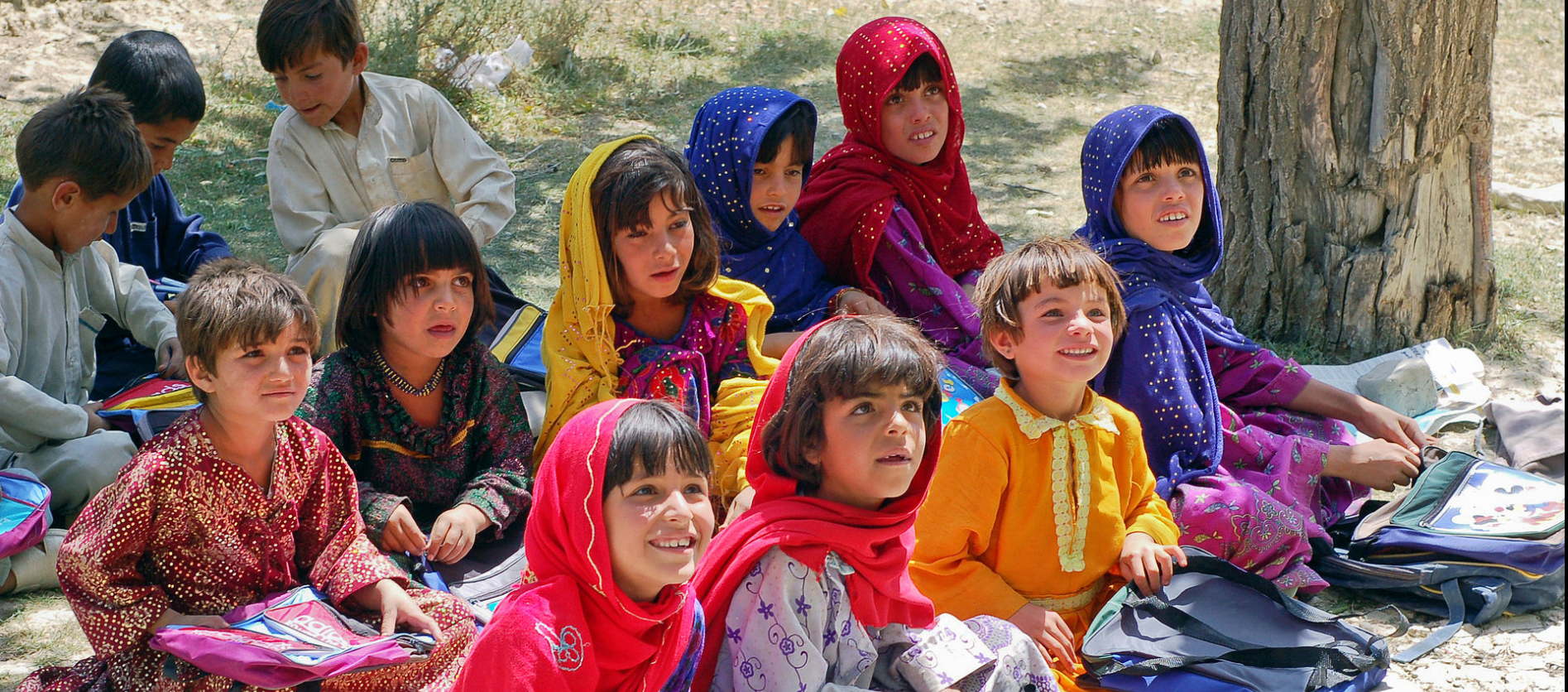
BoneXpert validated in Afghan toddlers
A new paper by Suma Uday et al reports the use of BoneXpert to study bone age and BHI in deprived Afghan children of age 1.5-2.5 y. This validates version 3 of BoneXpert, which extends the bone age range down to new-borns – the older version of BoneXpert was valid only down to 2.5 years.
This double-blind, randomised, placebo-controlled trial was performed in Kabul in 2007-2009 to evaluate the effect vitamin D3 supplementation on pneumonia. Seven percent of the images could not be analysed by BoneXpert, because the hand was not placed flat on the film, or because there was an overlapping adult hand – both effects are present in this image of a boy.

To use BoneXpert in toddlers and infants, it is advised to compress the hand flat on the detector with a thin plastic plate. The thumb should form an angle of at least 20 degrees to the index finger as shown in this correctly taken X-ray of a boy.

In the study, the Bone Health Index (BHI) was analysed using the standard deviation scores, BHI SDS, (aka Z-scores) based on BoneXpert’s reference curves from healthy Parisian boys and girls parametrised as a function of bone age. The Afghan children showed an average bone health slightly below normal:

